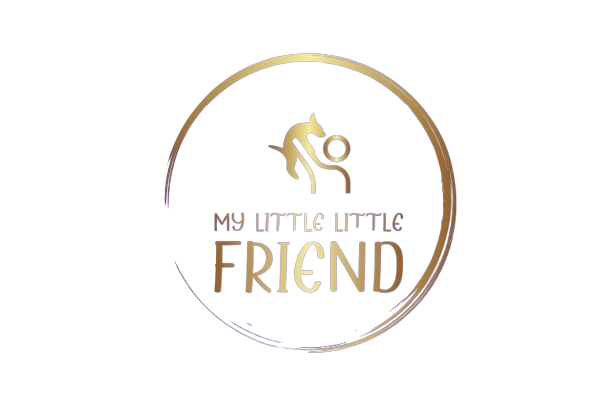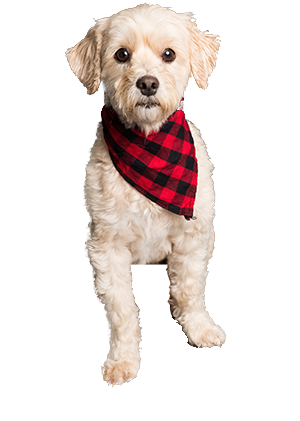How to Feed Your Dog After Surgery
Post-Surgical Feeding for Dogs: A Guide to Recovery and Digestive Health
Surgery can be a significant event for your dog, and proper post-surgical care is crucial for a smooth recovery. One of the most important aspects of aftercare is managing your dog’s diet to support healing and healthy digestion. Here’s a comprehensive guide to feeding your dog after surgery:
Veterinarian’s Guidance is Essential:
- Pre-Surgery Discussion: Before surgery, discuss post-surgical feeding with your veterinarian. They will consider your dog’s age, health, type of surgery, and any pre-existing digestive conditions to provide tailored recommendations.

Feeding Strategies:
- Reduced Portions & Bland Diet: Immediately after surgery, offer smaller, more frequent meals of a bland, easily digestible diet like boiled chicken or white rice with plain yogurt. This helps avoid overwhelming their digestive system.
- Gradual Transition: Once your dog’s appetite returns, gradually transition them back to their regular diet over several days, following your veterinarian’s instructions.
- Hydration: Ensure your dog has access to fresh water throughout the day to prevent dehydration.
Feeding Tube Considerations:
- Feeding Tube Use: For certain digestive surgeries, your dog may have a feeding tube placed. The veterinarian will instruct you on administering liquid diets, wet food, or moistened dry food through the tube using a syringe.
Promoting Digestive Comfort:
- Elevated Food & Water: Placing food and water bowls on an elevated surface can aid digestion by using gravity to move food down the stomach.
- Feeding Position: For small dogs, holding them with their head over your shoulder while feeding can make eating more comfortable.
- Probiotics: With your veterinarian’s approval, consider adding probiotics to your dog’s diet to restore gut flora balance and promote digestive health.
- Electrolytes: If your dog experiences vomiting or diarrhea, consult your veterinarian about electrolyte supplements to prevent dehydration and maintain essential minerals.
Signs to Watch For:
- Loss of Appetite: While a temporary decrease in appetite is normal, prolonged loss of appetite can be a sign of complications.
- Vomiting or Diarrhea: Occasional vomiting or diarrhea may occur post-surgery, but persistent issues warrant a call to your veterinarian.
- Abdominal Pain: If your dog shows signs of abdominal discomfort, consult your veterinarian.
Remember: Recovery timelines vary for each dog. By following your veterinarian’s instructions, monitoring your dog’s appetite and digestion, and implementing these feeding strategies, you can help your furry friend heal comfortably and support a healthy digestive system after surgery.

Nourishing Your Dog After Surgery: A Guide to Dietary Support
Following surgery, your dog’s body is focused on healing. Ensuring proper nutrition during this crucial period is essential for a smooth recovery. Here’s what you need to know about feeding your dog after surgery:
Veterinarian’s Guidance is Paramount:
- Pre-Surgical Discussion: Before surgery, discuss post-surgical feeding with your veterinarian. They will consider your dog’s individual needs, including age, overall health, type of surgery, and any pre-existing digestive conditions, to create a personalized feeding plan.
Tailored Post-Surgical Diet:
- Fluid Balance: Your dog’s fluid needs may differ after surgery depending on pre-surgical losses. The veterinarian may recommend adjustments to water intake or electrolyte supplements to prevent dehydration.
- Calorie Content: High-fat diets can be beneficial post-surgery as they provide concentrated energy without requiring large food volumes, which can strain digestion. However, a lower-fat diet may be recommended for dogs prone to digestive upset.
- Digestive Comfort: Your veterinarian may recommend a bland, easily digestible diet initially, followed by a gradual transition to a convalescent diet formulated for post-surgical recovery. These diets are gentle on the digestive system and promote healing.
Additional Tips for Feeding Success:
- Hydration Strategies: If your dog struggles with fluids, offer ice cubes as an alternative or consider using a syringe to administer water.
- Portion Control: Offer smaller, more frequent meals to avoid overwhelming the digestive system.
- Elevated Feeding: Placing food and water bowls on an elevated surface can aid digestion.
- Warming Food: Gently warming food can enhance palatability for dogs with reduced appetite.
Remember: Every dog heals at its own pace. By following your veterinarian’s post-surgical feeding plan, monitoring your dog’s appetite and digestion, and implementing these tips, you can help your furry friend recover comfortably and support a healthy digestive system.
Surgery and recovery can be stressful for both you and your dog. Don’t hesitate to ask your veterinarian any questions or concerns you may have about your dog’s post-surgical care.
Kitten development from birth to adulthood
Facebook Twitter Pinterest LinkedIn Kitten Development From Birth To Adulthood Witnessing the Wonder: A Kitten’s Journey from Fuzzball to Feline Formidable Unfurling in your home
How To Train A Kitten
Facebook Twitter Pinterest LinkedIn How To Train A Kitten Kittens are quick learners, and positive reinforcement is the key to training them for a happy
Kitten Socialization And Play
Facebook Twitter Pinterest LinkedIn Kitten Socialization And Play The Importance of Playful Purr-sonalities: Why Kitten Socialization and Play Matter Kittens are adorable bundles of fur


I’m really impressed together with your writing abilities and also with the format for your weblog.
Is that this a paid subject or did you modify it yourself?
Anyway stay up the nice quality writing, it’s rare to see a nice weblog like this one today.
Instagram Auto comment!